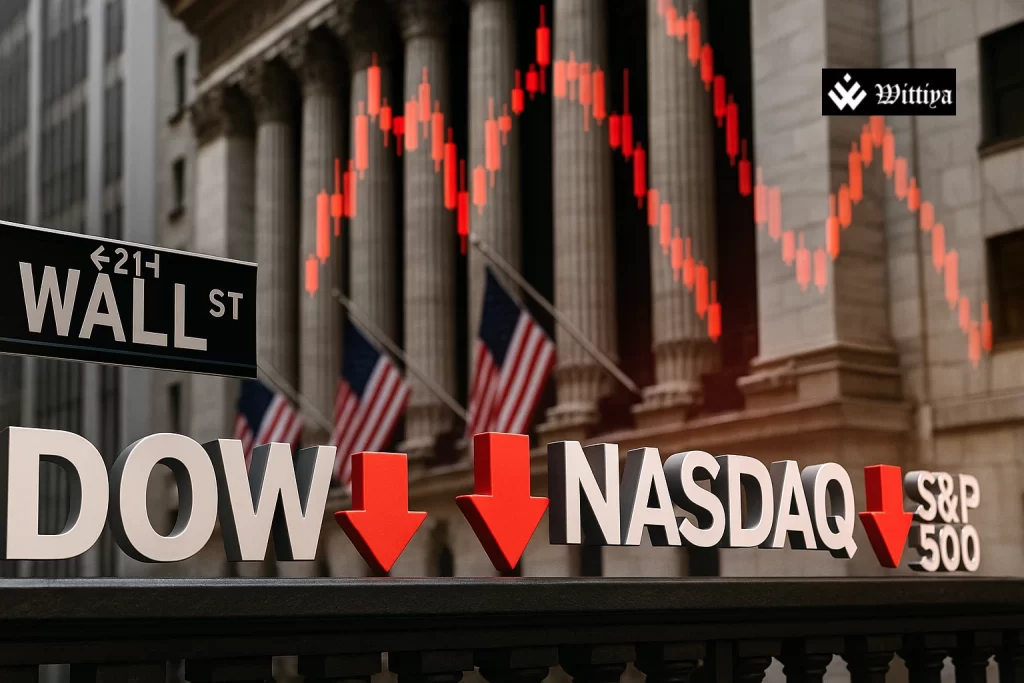U.S. stock markets closed lower on June 18, 2025, amid rising tensions between Israel and Iran, increased U.S. military activity in the Middle East, and weak domestic economic indicators. The Dow Jones, Nasdaq, and S&P 500 all declined, reflecting cautious investor sentiment ahead of the Federal Reserve’s monetary policy update.
U.S. stock indexes closed lower on June 18 as investor sentiment was shaken by geopolitical tensions and weakening domestic data. The ongoing conflict between Israel and Iran, now entering its fifth day, intensified investor caution, especially after the U.S. Department of Defense bolstered its military presence in the Middle East by deploying additional fighter jets.
The New York Stock Exchange saw declines across major indices. The Dow Jones Industrial Average, Nasdaq Composite, and S&P 500 all dipped as concerns over geopolitical instability and slower-than-expected economic growth mounted.
Retail sales and factory output figures released on Tuesday fell short of analysts’ expectations, adding to the market unease. The disappointing data raised fresh doubts about the strength of the U.S. economy ahead of the upcoming Federal Reserve decision on interest rates.
The central bank, led by Federal Reserve Chair Jerome Powell, is expected to announce its monetary policy direction later this week. Market participants are watching closely for signals on potential rate cuts or policy shifts, particularly amid global uncertainty and softening economic indicators.
Meanwhile, the geopolitical conflict in the Middle East has added a fresh layer of risk. The United States military’s decision to increase its regional presence reflects growing concern about escalation, further rattling investors globally.
Analysts warn that the market may remain volatile in the near term as investors digest both international developments and domestic policy signals. The financial community is especially attentive to the Federal Reserve’s upcoming comments, which may provide clarity on the central bank’s approach to managing inflation, growth, and global disruptions.




